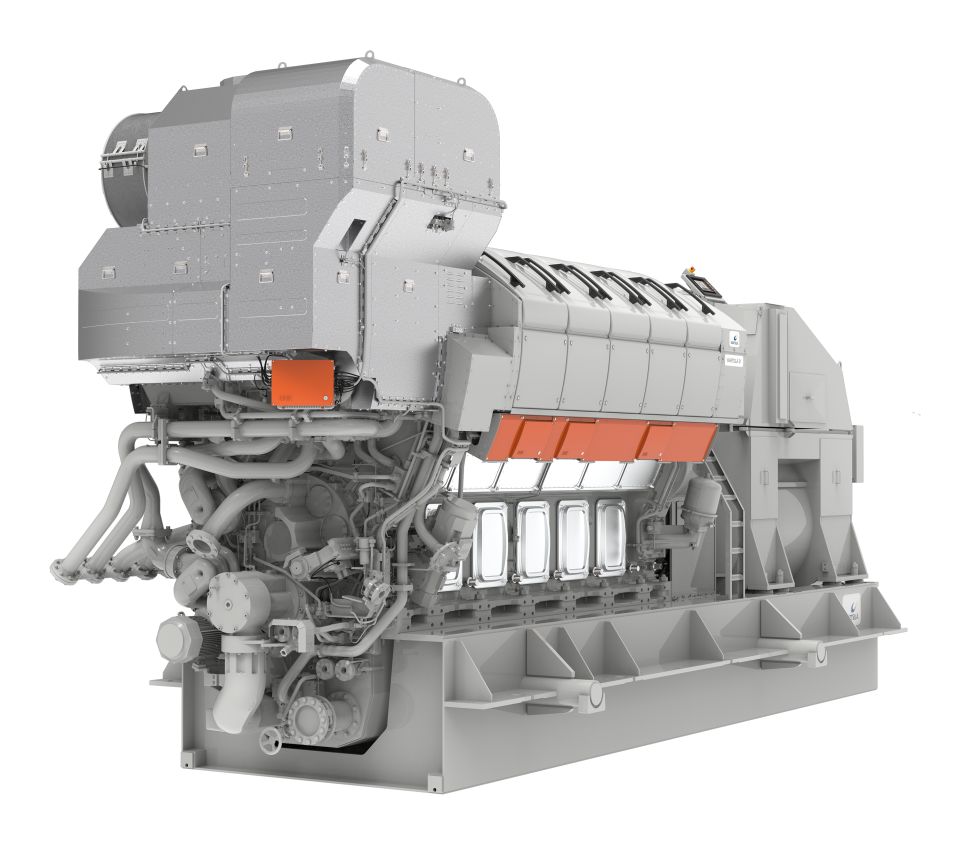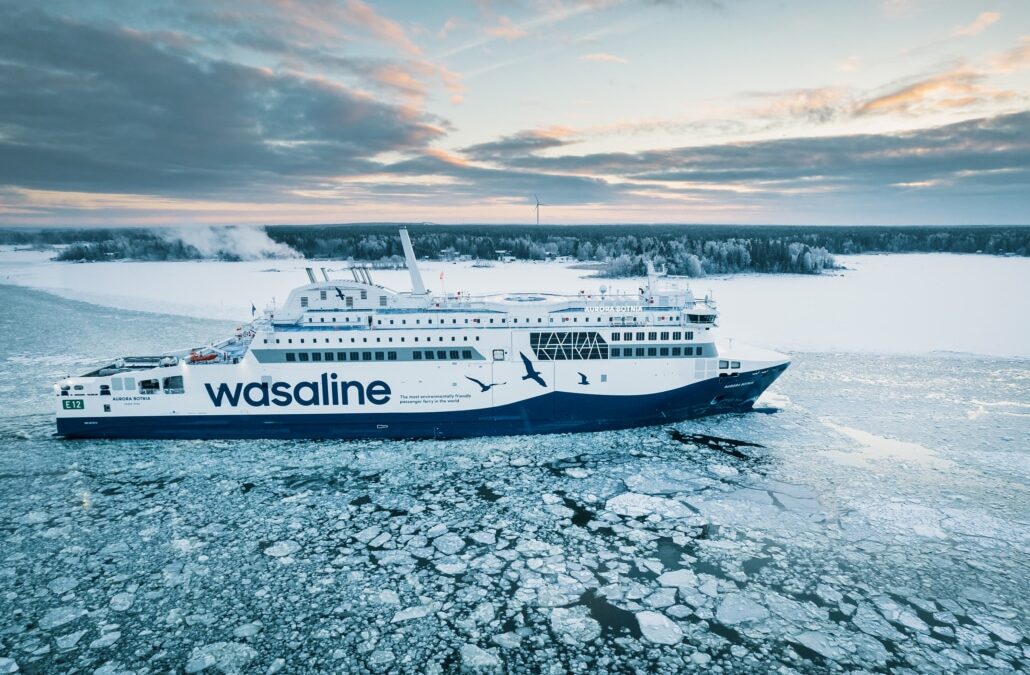Wärtsilä has introduced a new ultra-low emissions version of its 31DF engine. On a weighted average, the new technology can reduce methane emissions by 41 per cent more than the standard 31DF engine, which has already the lowest emission levels on the market.
Whilst operating on LNG, this new version can further reduce methane emissions on a fifty per cent load point by up to 56 per cent and nitrogen oxide (NOx) by up to 86 per cent.
The new version, which is applied on one of the four engines on board Wasaline’s Aurora Botnia ferry, has already helped the Finnish-Swedish ferry operator further reduce the Aurora Botnia’s methane emissions by ten per cent. As part of the EU co-funded Green Ray and SeaTech projects, Wärtsilä piloted the ultra-low emissions concept on board the Aurora Botnia with exceptional results verified through an independent study conducted in December 2022 by VTT, the Technical Research Centre of Finland.
Also read: Furetank and Wärtsilä can halve methane slip
Encouraged by the positive results, Wärtsilä has now launched the new ultra-low emissions version of the Wärtsilä 31DF engine to the commercial market.
This latest collaboration forms part of a long-term partnership between Wärtsilä and Wasaline to reduce emissions onboard the Aurora Botnia, the world’s most environmentally friendly RoPax ferry today.

Also read: Wärtsilä Ammonia Release Mitigation System receives AiP from DNV
Tackling methane slip
Launched in 2015, the Wärtsilä 31DF engine platform is widely recognised for its exceptional fuel economy, high performance, and minimal GHG impact. The engine, as a standard version, already meets today’s regulatory requirements.
The new version will enable operators to go even further in reducing methane emissions, helping to future-proof their vessels in the longer term against potentially tightening global requirements. What’s more, improving dual fuel technology to enable methane emissions reduction will have a major impact on the long-term viability of LNG as a marine fuel.
Although methane slip from engines is a relatively small amount, from a percentage standpoint, it is significantly more potent than CO2 – up to 28 times greater. Across the shipping industry, cutting methane emissions is one of the most effective ways to decrease overall GHG emissions from engines over the next ten years, complementing other efforts to reduce CO2 emissions.
Picture: Wärtsilä’s new ultra-low emissions version of the Wärtsilä 31DF engine has helped Wasaline further reduce methane emissions by ten per cent onboard the Aurora Botnia ferry (phot by Wasaline). Encouraged by the positive results, Wärtsilä has now launched this new version to the commercial market.
Also read: Wärtsilä to deliver its first CCS-Ready scrubber systems








